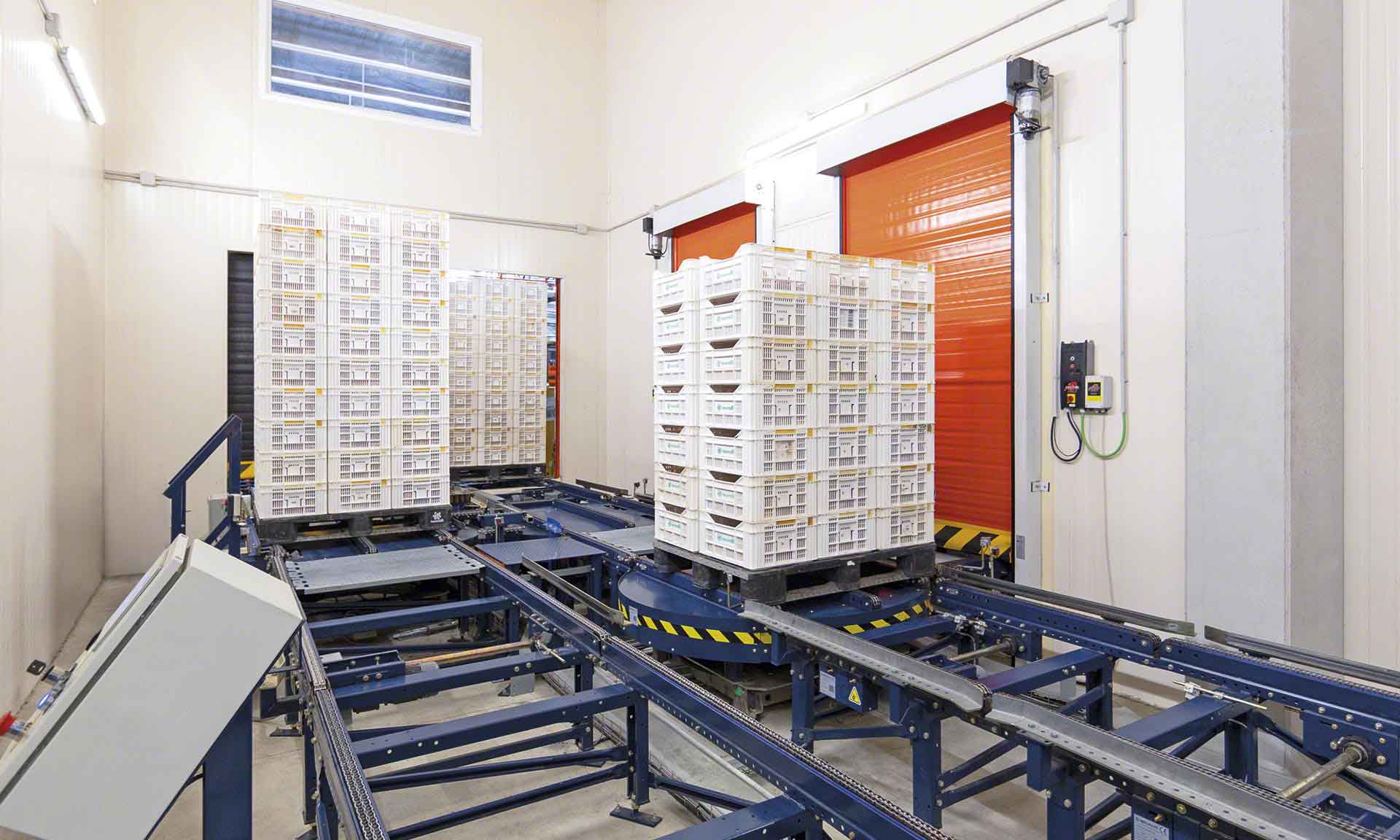
Introduction
The global food supply chain is a complex web of production, distribution, and consumption that spans the globe. At the heart of this intricate network lies a critical component often taken for granted: cold storage. Cold storage facilities play a pivotal role in preserving and extending the shelf life of perishable goods, ensuring food security, and preventing food waste. In this article, we will delve into the role of cold storage in the global food supply chain, highlighting its importance and the challenges it faces, with the support of relevant statistics and data from authoritative sources.
The significance of cold storage in the global food supply chain
1. Preserving freshness and quality:
Cold storage facilities maintain controlled temperatures and humidity levels, which are essential for preserving the freshness and quality of perishable food items such as fruits, vegetables, dairy products, and meat.
– according to the food and agriculture organization (fao), globally, 14% of food is lost during processing and distribution, much of which could be attributed to inadequate cold chain infrastructure.
2. Extending shelf life:
Cold storage extends the shelf life of food products, reducing the likelihood of spoilage and waste. This is especially crucial for food items with short lifespans.
– a report by the world resources institute (wri) estimates that by improving the cold chain, india could reduce food waste by approximately 20%.
3. Minimizing food loss:
Food loss and waste occur at various stages of the supply chain, and inadequate cold storage infrastructure contributes to these losses.
– the fao reports that roughly one-third of food produced for human consumption is lost or wasted globally, amounting to about 1.3 billion metric tons annually.
4. Enabling global trade:
Cold storage is indispensable for the international trade of food products. It allows countries to import and export perishable goods, ensuring a stable and diverse food supply.
– the world trade organization (wto) estimates that agricultural exports were valued at $1.53 trillion in 2019, and the majority of these products require cold storage during transport.
5. Ensuring food security:
Cold storage facilities contribute significantly to food security by maintaining a buffer of food reserves, ensuring a continuous supply during emergencies or disruptions.
– the united nations predicts that by 2050, the global population will reach 9.7 billion, underscoring the need for robust food security measures.
Challenges in the global cold storage network
1. Infrastructure gaps:
Many regions, especially in low- and middle-income countries, lack adequate cold storage infrastructure, hindering their ability to preserve and transport perishable goods.
– the international institute of refrigeration (iir) reports that over 80% of food produced in africa is lost due to inadequate cold storage.
2. Energy consumption:
Cold storage facilities are energy-intensive, contributing to high operational costs and environmental impact.
– a study by the european commission estimates that refrigeration and air conditioning account for approximately 15% of global electricity consumption.
3. Technological upkeep:
Maintaining and upgrading cold storage technology is essential to ensure efficient and sustainable operations. Many facilities struggle with outdated equipment.
– the global cold chain alliance (gcca) emphasizes the need for investments in modern cold chain infrastructure to meet future demands.
Conclusion
Cold storage is the unsung hero of the global food supply chain, playing a crucial role in preserving freshness, reducing waste, and ensuring food security. However, challenges such as infrastructure gaps, energy consumption, and technological upkeep must be addressed to optimize the cold chain’s efficiency and sustainability. As the world’s population continues to grow, the role of cold storage in maintaining a reliable and secure food supply will become increasingly critical. Investments in modern cold storage infrastructure and sustainable practices are essential to meet the challenges of tomorrow’s global food supply chain.




